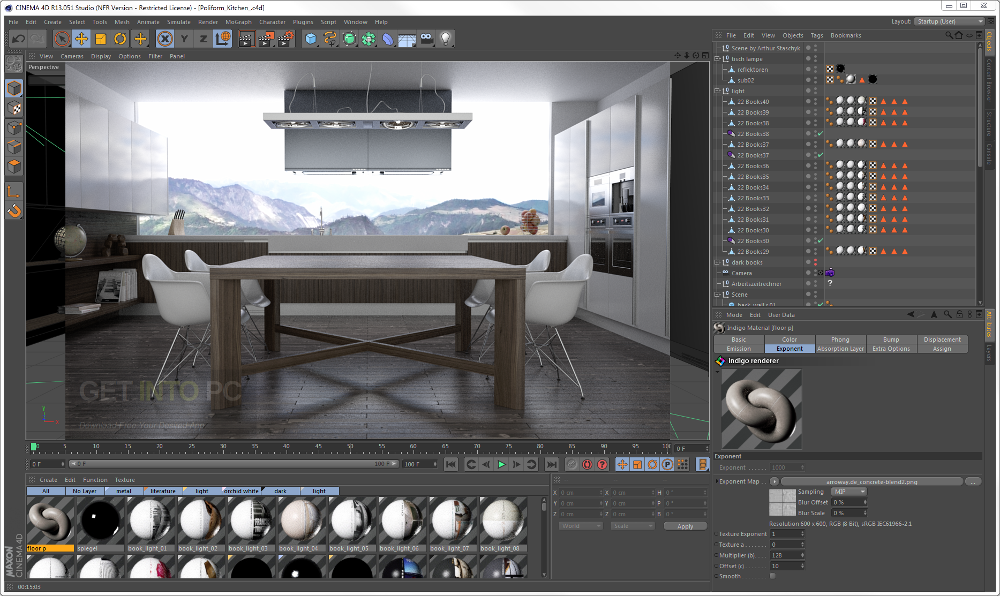

#How to use vray software#
This has been an issue in rendering and digital design software for years. The more light sources you have, the more difficult the render. Getting your models to presentation quality and in front of clients quicker will mark you out as somebody who can get the job done.īenefit #2 – The Probabilistic Light Setting

#How to use vray full#
These rough drafts can show you what you need to work on without causing you to waste time on forming a full render.Įfficiency in the workflow benefits anybody working in architectural modelling. What’s the advantage of that? Well, a quick, low quality render can give you’re a barebones look at your model once rendered. Even so, you get render times than any comparable software.īetter yet, you can adjust the settings to produce low quality renders. You will need a machine capable of running the software effectively, of course. Compared to other digital design and rendering software, V-Ray can bring your models to life fast. This extends to the speed of your rendering software. Any inefficiencies in your workflow can cause issues. Your client wants to see your work as quickly as possible so the project can move forward. Speed is of the essence when you’re working towards a tight deadline. You may be wondering why so here are ten reasons why V-Ray is ideal for architectural modelling. This has made V-Ray an industry standard in 3D modelling. Anybody who has played the Halo videogames or enjoyed an episode of Game of Thrones will have seen what V-Ray can do. It’s used across many industries to create photorealistic models. V-Ray has become the rendering software of choice for most architects in recent years. Bad rendering software will scupper all of your digital design work. This means a poor render can have the opposite effect. Clients want to see the most accurate representation of your work, after all.

A great render will show everything that your model has to offer. Rendering is vital in the world of digital design. Your Light Mix recipe can be saved as a file and reloaded, in case you’d like to reuse the same values across multiple shots.Ten Benefits of V-Ray for Architectural Modelling Integration into Other Software is Just the Start And you can even send it back to Chaos Cloud to render again.
#How to use vray update#
If you have the scene open locally, you push your changes “To Scene” to update it. Once the EXR is finished, you can load it into the VFB, call up the Light Mix render element, and make your adjustments. One of the easiest ways to do this is to set up your renders as outlined above and render to the Chaos Cloud. If you want to render several scenes at once and mix the lighting afterwards, it’s no problem. It may not be feasible to do this every time, but it’s helpful when you can. Keeping your light colors neutral white or gray makes them easier to adjust in the Light Mix. So start out with a render that’s nice and bright and then dim it down to 1%, if that’s the effect you want. That’s because brightening a light source after you render - especially if you turn it up a lot - can show more grain. In Light Mix, it’s cleaner to dim a light than it is to brighten it. Even if you want them to be dim, you can dim them later. Make sure lights are bright enough to easily see their contribution to the scene. One of the best ways is to organize them as you would in real life - by switches or circuit breakers. If you have a lot of lights in your scene, you’ll want to keep them organized by instances, groups or layers. Here are some helpful tips to help you set up your scene and work with Light Mix in V-Ray 5.


 0 kommentar(er)
0 kommentar(er)
